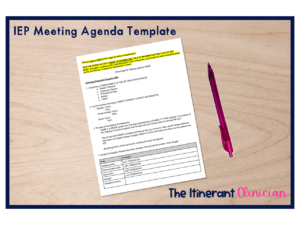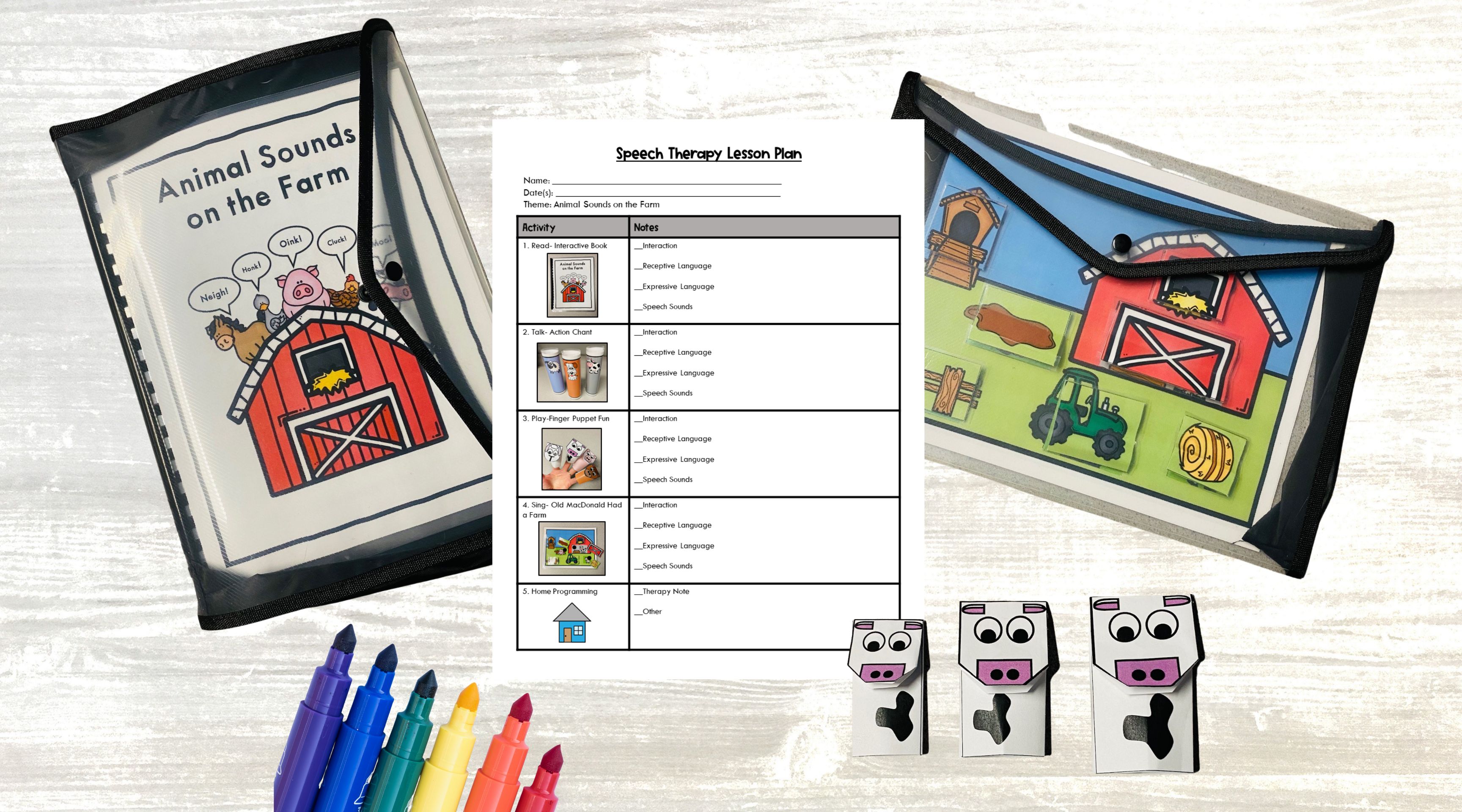Sharing is caring!
Understanding Norm-Referenced Tests: A Guide for New SLPs
As a new speech-language pathologist (SLP), you’ll frequently encounter norm-referenced tests in your practice. These assessments are vital for evaluating a client’s communication skills compared to their peers. Understanding how to use, interpret, and explain norm-referenced tests is key to building your confidence and improving client outcomes.
What Is a Norm-Referenced Test?
A norm-referenced test is a standardized assessment that compares an individual’s performance to a representative sample of their peers, often referred to as the “norm group.” These tests provide standardized scores that help identify whether a child’s language, articulation, or social skills fall within the typical range.
Why Are Norm-Referenced Tests Important?
Norm-referenced tests are crucial in speech therapy because they provide objective data that:
- Helps determine eligibility for services
- Identifies specific areas of need
- Tracks progress over time
- Supports IEP development and intervention planning
Common Examples of Norm-Referenced Tests in Speech Therapy
New SLPs often encounter these widely-used norm-referenced tests:
- Goldman-Fristoe Test of Articulation (GFTA-3) for articulation skills
- Clinical Evaluation of Language Fundamentals (CELF-5) for language skills
- Peabody Picture Vocabulary Test (PPVT-4) for receptive vocabulary
Each of these assessments follows standardized administration and scoring procedures to ensure accurate and fair comparisons.
How to Administer a Norm-Referenced Test
Administering a norm-referenced test requires careful preparation:
- Read the manual thoroughly. Each test has specific instructions, timing protocols, and scoring criteria.
- Create a quiet and distraction-free environment. This ensures the child can focus and perform at their best.
- Follow standardized prompts. Consistency is crucial to obtaining valid results.
- Document observations. While the test measures specific skills, behavioral notes can provide additional insights.
Interpreting Norm-Referenced Test Results
Understanding the scores from a norm-referenced test is essential. Key terms you’ll encounter include:
- Standard Score: Reflects how the individual’s performance compares to the average (e.g., a score of 100 is typically average).
- Percentile Rank: Indicates the percentage of peers who scored lower.
- Confidence Interval: Provides a range that represents where the true score likely falls.
Common Pitfalls with Norm-Referenced Tests
While norm-referenced tests provide valuable insights, be mindful of potential issues:
- Cultural and linguistic bias: Tests may not fairly assess children from diverse backgrounds.
- Over-reliance on scores: Combine test results with clinical observations and informal assessments for a well-rounded view.
- Misinterpretation of scores: Always refer to the manual to ensure accurate interpretation.
- Norm-referenced tests are different than criterion-referenced tests. If you want to read more about criterion-referenced assessments, read this blog post.
Tips for Explaining Results to Families
When sharing norm-referenced test results with parents or caregivers:
- Use clear, non-technical language.
- Focus on strengths as well as areas of concern.
- Provide practical next steps for intervention or support.
Final Thoughts
Mastering norm-referenced tests takes practice, but they are a powerful tool in your clinical toolkit. By understanding how to administer, interpret, and explain these assessments, you’ll gain confidence in guiding families and making informed treatment decisions. Remember, a norm-referenced test is just one piece of the puzzle—when paired with your clinical expertise, it can help you provide meaningful and effective speech therapy services.
What are your favorite norm-referenced assessments? Type them in the comments below.
Are you looking for an evaluation checklist to make sure you don’t forget anything. Grab your FREE articulation evaluation checklist here.










